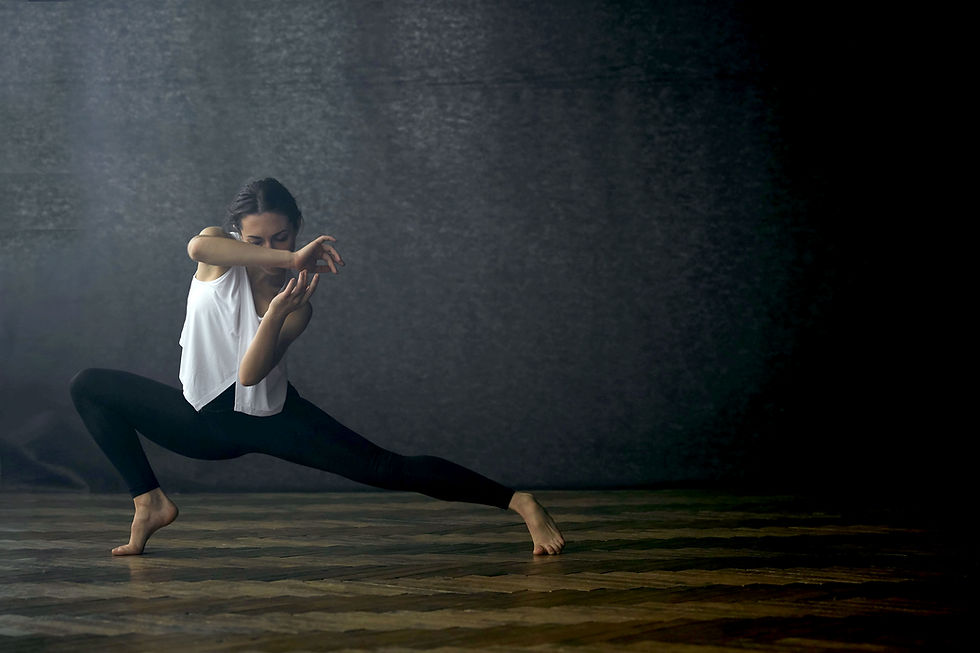Pre Pointe Assessments
- nataliej90
- Oct 20, 2021
- 2 min read

What is a Pre Pointe Assessment?
A pre pointe assessment is a screening tool that determines your readiness to begin pointe. We assess your technique, strength and body structure. The International Association of Dance Medicine (IADMS) has identified certain areas as hurdles to determine suitability to begin pointe work. These areas include, foot, lower limb, pelvic and spinal alignment, ankle and foot mobility, calf and intrinsics strength, glutes and core strength and hip rotation. The optimal measures are standardised globally and ensure the dancer is safe to begin pointe. We also ask questions about the amount and type of training you do and any previous injuries.
Why is it important to do?
Traditionally pointe work is begun around age 12 when there has been adequate years of prior classical ballet training, and have developed strength, technique, coordination, alignment. It has also been shown that age 12 the average female has sufficient bone development and fusion of the growth plates in their feet.
Lack in any of the above areas can increase the dancers risk of injury.
Common injuries if strength lacks includes ankle sprains, calf strains and achilles issues. If your bones are immature you also have an increased risk of boney stress injuries too! Optimal alignment provides a good foundation for balancing and coordinating movement en pointe.
Who should have a Pre Pointe Assessment and when?
Anyone looking to begin pointe within the year. It is wise to have the assessment a couple of months prior to when you are planning to begin pointe. This allows adequate time for us to work on any areas that need to be improved and create a pre pointe training program if you do not already have one.
What is involved?
The assessment is divided into 2 parts:
Part 1 looks at structural alignment and mobility. We assess posture, spinal alignment and movement range, pelvic, lower limb and foot alignment, hip mobility and foot mobility.
Part 2 looks at technique, strength and coordination. We ask you to perform basic ballet exercises which demonstrate your technique. We also give you exercises to assess your calf strength, glutes and core strength and balance.
What to wear?
We encourage you to wear a leotard and tights or fitted shorts so that we can see your body clearly. We do need to assess you in bare feet so please ensure your tights can be rolled up.
Appointments can be made either online via our website or call us.




Comments